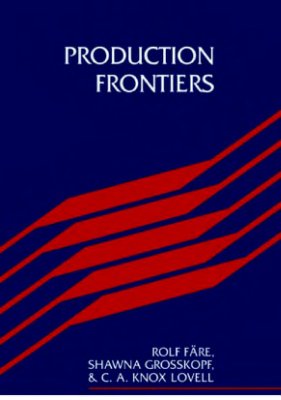Cambridge University Press – 1994, 312 pages
ISBN: 0521420334
This book presents a mathematical programming approach to the analysis of production frontiers and efficiency measurement. The authors construct a variety of production frontiers, and by measuring distances to them are able to develop a model of efficient producer behavior and a taxonomy of possible types of departure from efficiency in various environments. Linear programming is used as an analytical and computational technique in order to accomplish this. The approach developed is then applied to modeling producer behavior. By focusing on the empirical relevance of production frontiers and distances to them, and applying linear programming techniques to artificial data to illustrate the type of information they can generate, this book provides a unique study in applied production analysis. It will be of interest to scholars and students of economics and operations research, and analysts in business and govement.
ISBN: 0521420334
This book presents a mathematical programming approach to the analysis of production frontiers and efficiency measurement. The authors construct a variety of production frontiers, and by measuring distances to them are able to develop a model of efficient producer behavior and a taxonomy of possible types of departure from efficiency in various environments. Linear programming is used as an analytical and computational technique in order to accomplish this. The approach developed is then applied to modeling producer behavior. By focusing on the empirical relevance of production frontiers and distances to them, and applying linear programming techniques to artificial data to illustrate the type of information they can generate, this book provides a unique study in applied production analysis. It will be of interest to scholars and students of economics and operations research, and analysts in business and govement.

